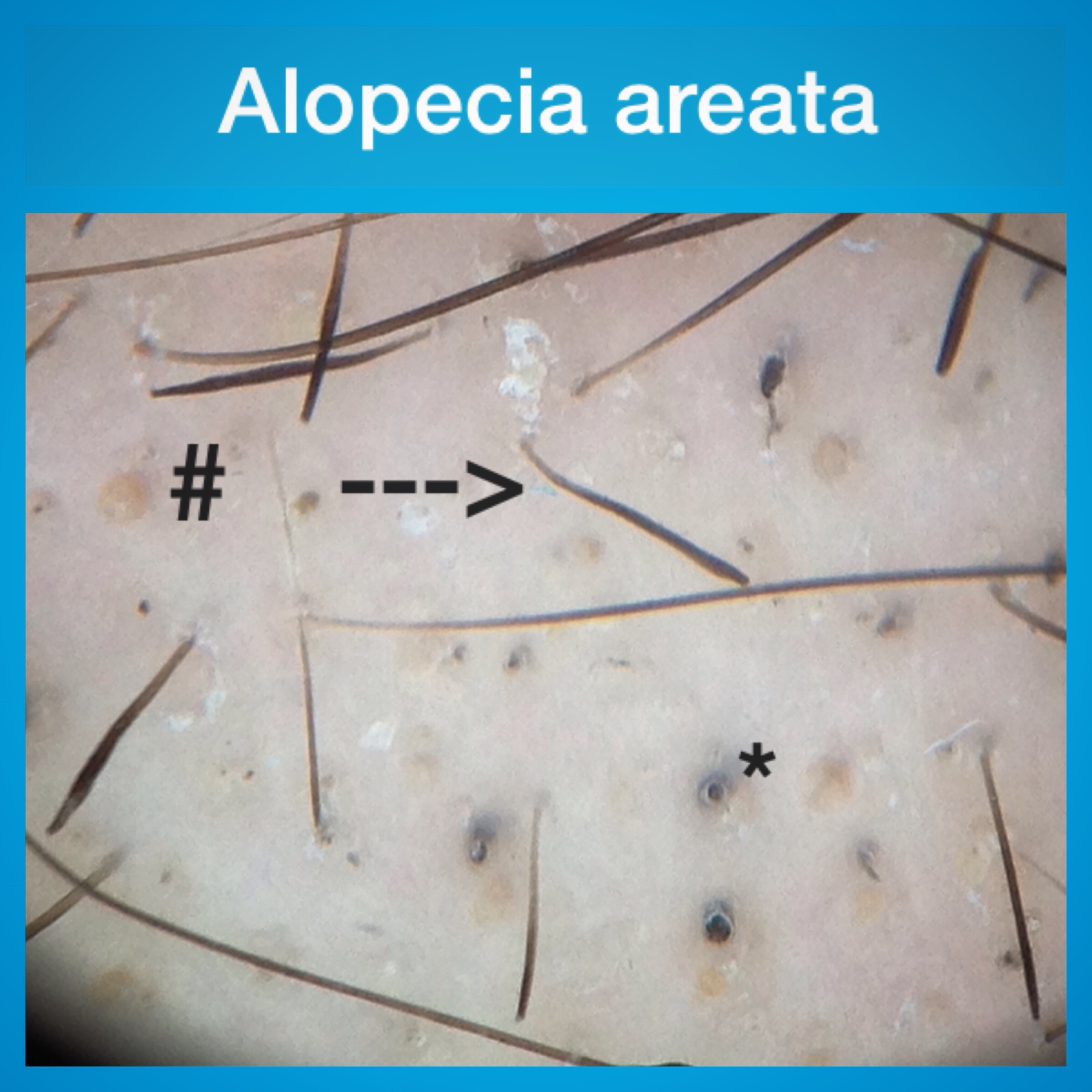Chronic scalp pain (trichodynia)
Trichodynia: A Challenge
Many part of the being a hair specialist are challenging. Treating some forms of hair loss, for example, can be challenging. Performing a hair transplant in someone with extensive burns can be challenging.
But one of the most challenging areas of hair medicine is treating chronic scalp pain. Some patients have pain and unusual sensations in the scalp for which a cause can not be found. They've had biopsies and blood tests and full examinations head-to-toe and scalp pain is still present. We all these scalp pain syndromes the "trichodynias".
I often work with neurologist, pain specialist for such patients. Ideally, collaboration between 2 or 3 specialists is the way to go and the way I prefer to assist patients with scalp pain. Treatments which block nerves from sending aberrant signals are likely to be associated with side effects. This is a profound change in the body to trick nerve signals - not an easy task.
In general terms, treatments available include:
gabapentin
pre-gabalin
capsaicin (topical and shampoos)
tricycylic antidepressants - Amitriptyline and Nortriptiline
other antidepressants (SNRI type)
anti-convulsants - carbamazepine, valproic acid, phenytoin
anti-anxiety medications - clonazepam
certain analgesics
nerve stimulating devices (including radio frequency neuromodulators)
nerve blocks
botox
This article was written by Dr. Jeff Donovan, a Canadian and US board certified dermatologist specializing exclusively in hair loss.









